Various rendering choices? -- Challenge!
-
like this one A LOT!!

-
-
 Thanks.
Thanks. -
Boof,
Can you dish out some details?
(I'm still learning materials, but need to move on to depth-of-field, etc.)
-Taff
-
Thanks for sharing the settings Eric

This is a great learning thread, much appreciated.
-
Sure. That last one was a metal texture in the Twilight Library called Aluminum NK. Part of the NK Metals.
The rendering was an overnight shot, 10 hours I think, using a progressive setting called Metropolis Light Transport (BPT).
All I did was open your model, click the face with the material eyedropper. Found the Aluminum NK and applied it. I then set the camera focal point inside the sphere and set the camera F number to 8.
Finally I set the render size and progressive setting then hit render and went to bed. That simple.Edit. Oops I forgot. I placed 3 spot lights in the scene as well. One to the left, one to the right and one below. Each was a separate color. And I set the background color to black.
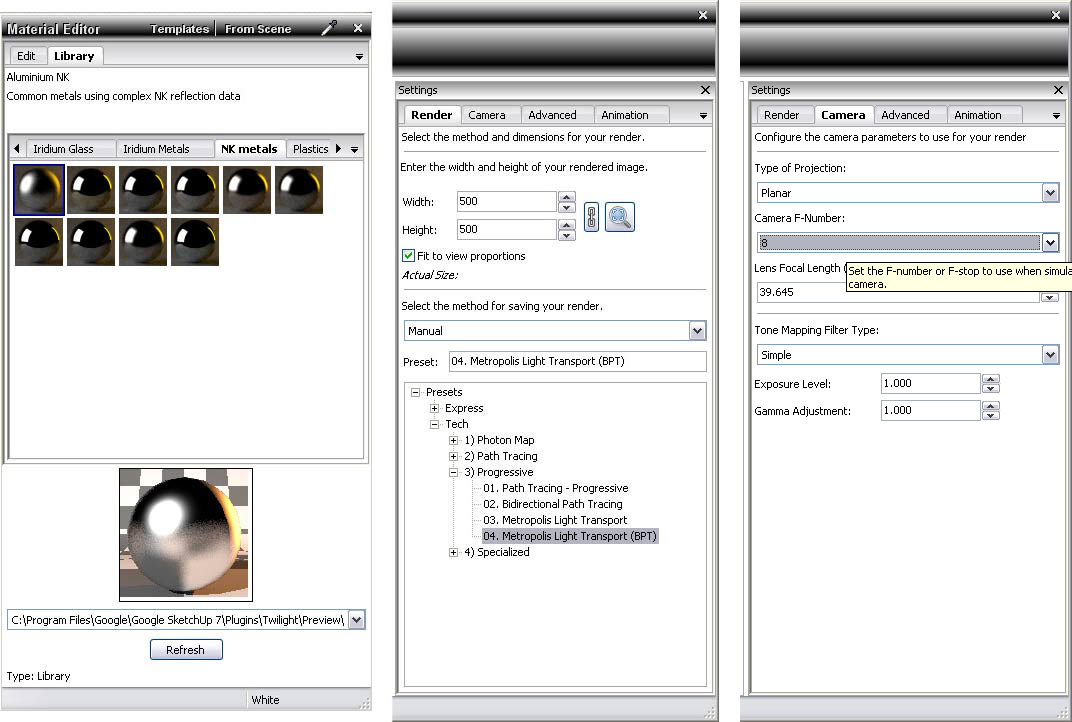
-
Indeed, thanks for the settings.
I'm testing a render, right now, using f/5.6, focused just beneath the "surface" of the sphere. This will be my first fray into camera settings, so I'm still a newbie (even though I used to do this sort of stuff with POV, 15-years ago.)
It looks like the Twilight interface makes things a bit easier (rather than just using KT.)
Thanks again,
Taff -
btw if you are looking thin film interference like effect for KT, you can find a procedural texture, mIridescent, in Procedural Textures by Chris Hegarty (Windows).
-
BTW Taff, a little OT but as far as I remember, this was also one of your models:

Of which I made this simple render first:

then this one with a glass dome:

(This was for a help forum discussion as far as I remember although the OP never came back)
-
@gaieus said:
"BTW Taff, a little OT but as far as I remember, this was also one of your models..."
Gai,
I recall that discussion, and those images you posted. I probably didn't join in, since I've only recently started rendering (again.)From my past experience with POV, I already knew that rendering is addictive. I was too busy with other projects, and couldn't justify time spent rendering. (Actually, the spouse is of the opinion that I don't have time for SU or KT.)

I started thinking of rendering again, only after completing the "weave" geodesic ball in SU. I knew that, with all those curves and crossovers, it would make a nice subject for reflective materials, lighting and depth-of-field studies. (Participants have demonstrated that to be the case.)
@notareal said:
"btw if you are looking thin film interference like effect for KT, you can find a procedural texture, mIridescent, in Procedural Textures by Chris Hegarty (Windows)"
Thanks, notareal. I've downloaded "procedurals.zip" (and, also, "Iridescent Glass.mat.zip") from the KT forum, and will check out their iridescent render results.
-Taff
-
not very good at rendering in kerk still got far too much too learn! did this anyway thought I would post it up.
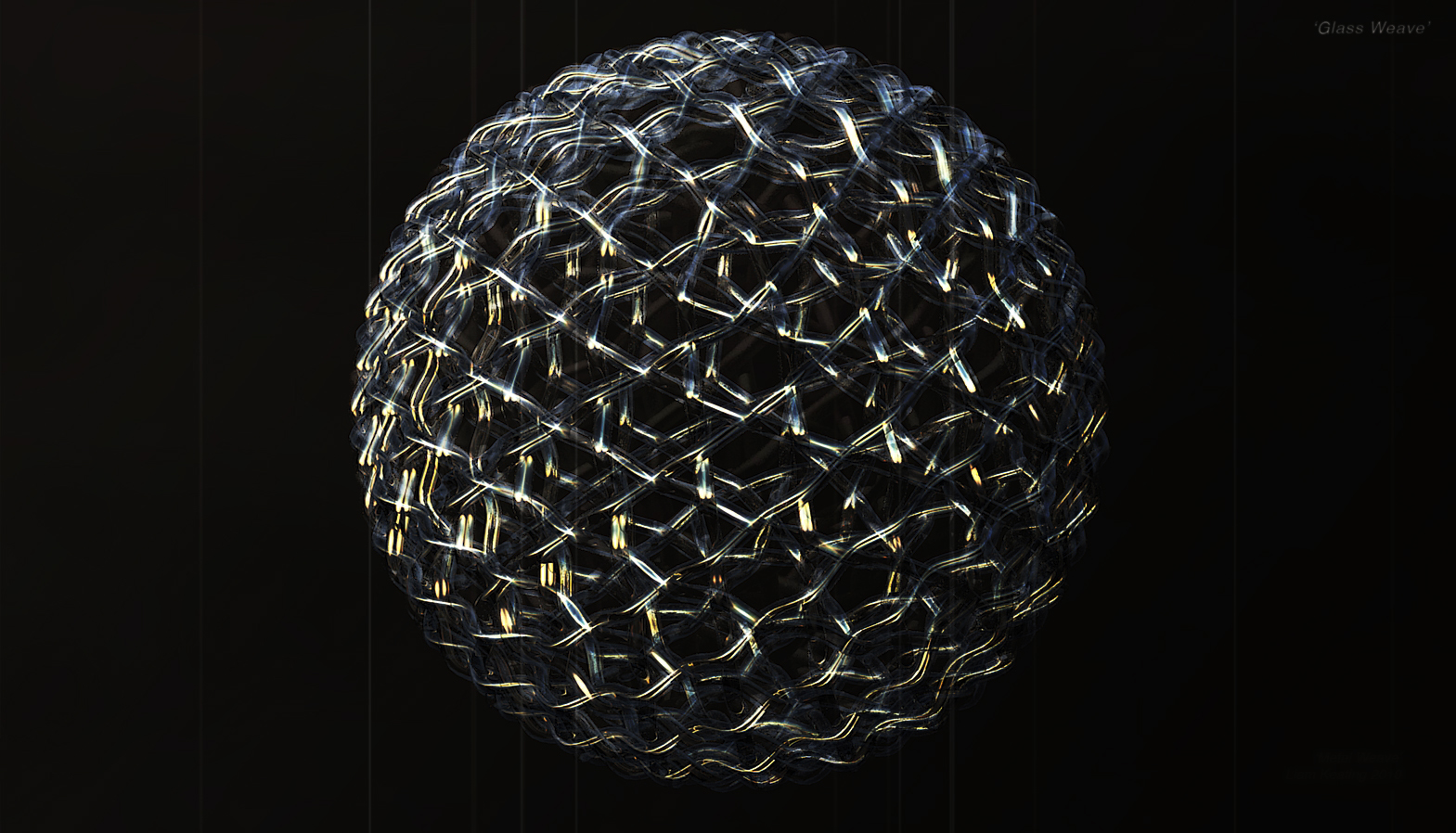
-
Liam,
I've long admired your Halo models, especially "Mombasa station." I used to live in Mombasa, and there will have to be a whole lot of economic improvements, to reach that level of tech. For those who don't know, an orbital elevator must be built on the equator. Mombasa is one port city that could fit the equatorial requirement.
Regarding your render, am I looking at two super-imposed spheres? (It makes me a bit cross-eyed, to study it!)

I, too, have a lot to learn about Kerkythea. I've been playing with camera focus and depth-of-field, and hope to have a good render to post tonight. (It's "cooking" now.)
-Taff
-
yeah that halo project sure is a labour of love lol thanks. Havent done much to the new mombassa scene for a while but ill get round to it eventually.
Yeah its two superimposed spheres slightly offset from each other to give a blurry effect. One was glass and the other a steel texture both with HDR lighting.
Still a long way off learning to render which is very irritating as ive got drives full of hundreds of models especially my halo ones but nothing to do with them. Im slowly learning kerk but keep hitting blanks. I cant for the life of me find any materials for my scifi models, ive downloaded them all form the kerk website but there are only a few and havent found a website out there with materials . Looks like ill have to work out how to make my own! eek
. Looks like ill have to work out how to make my own! eekThese where the two renders form kerk:
and this is what im trying to render at the moment but struggling on finding suitable materials if anybody knows a suitable kerk materials library let me know!
if anybody knows a suitable kerk materials library let me know!
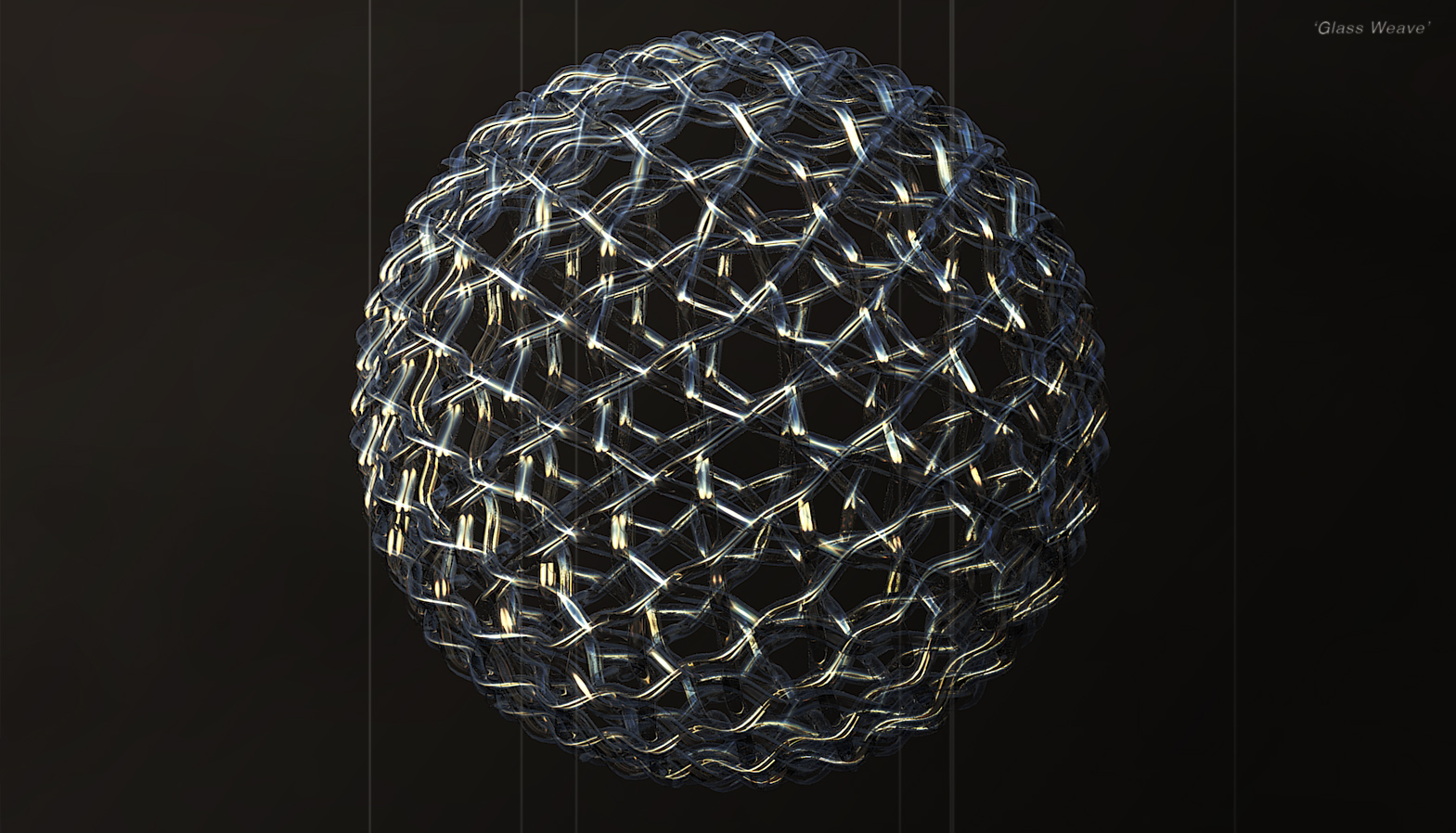

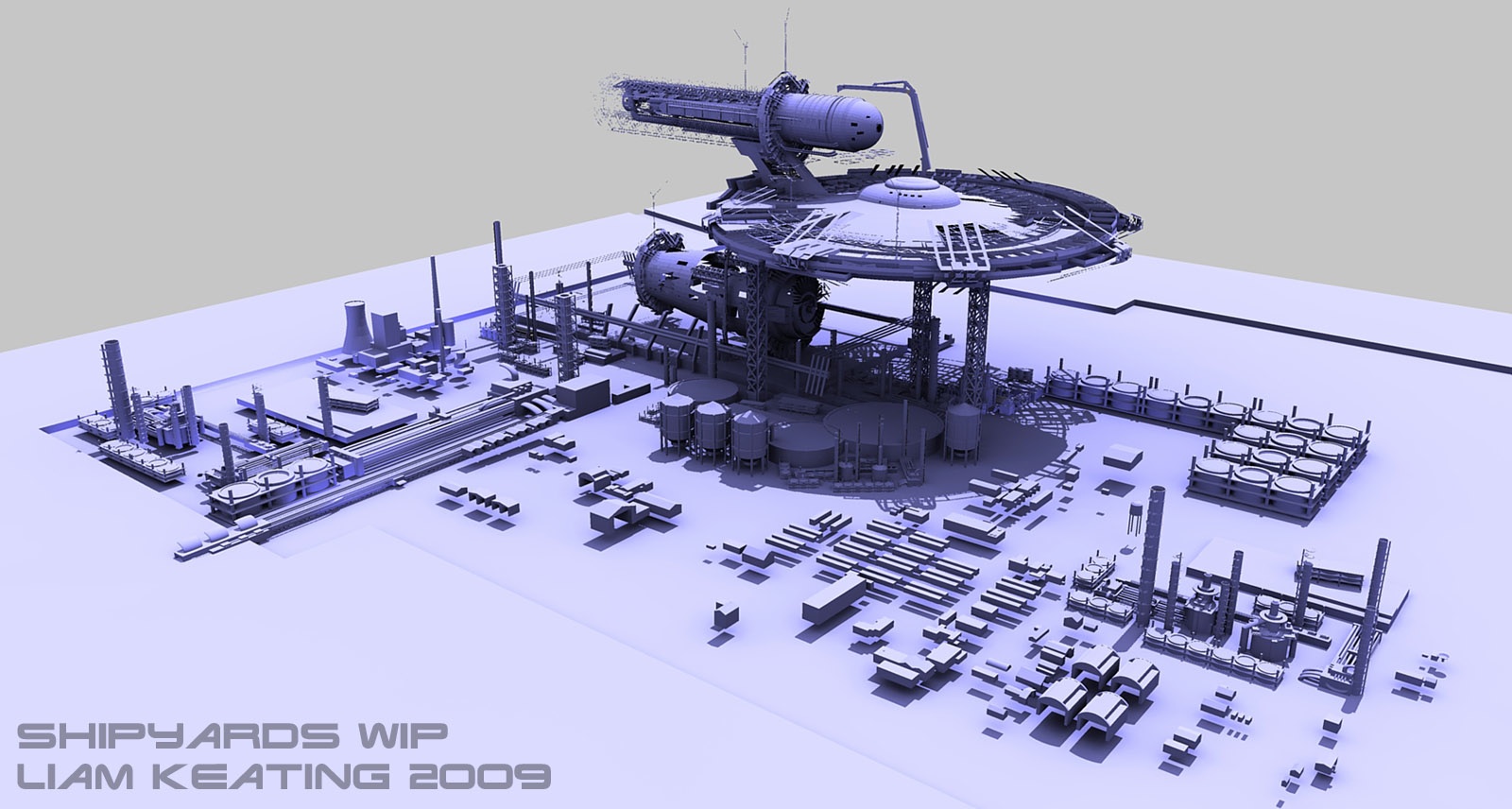
-
well the render turned out very grainy so i dirtied it up a bit in photoshop so it looked like I had intended it to look like that lol, ive been messing about fir the past hour with the settings and ive put another render in but looks like it will be an overnight job as its only on 4% ray tracing! ill post the results tomorrow night fingers crossed they will come out ok, ive also put depth of field in but its really slowing the render down

-
Liam,
I like the "illustration" qualities of the second image.
[EDIT: I hope that Starfleet shipyard is on an asteroid! (No gravity to contend with.) ]
-Taff
-
Working with Kerky camera f-stop settings ("Scene> Camera" menu,) I eventually got the amount of depth-of-field blur that I was seeking:
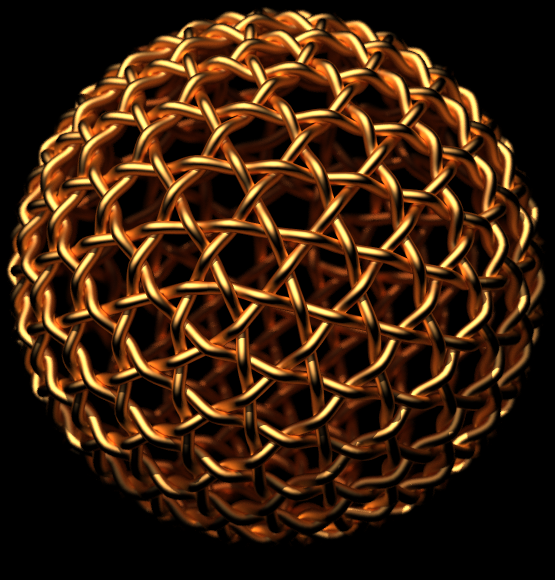
Compared to the original: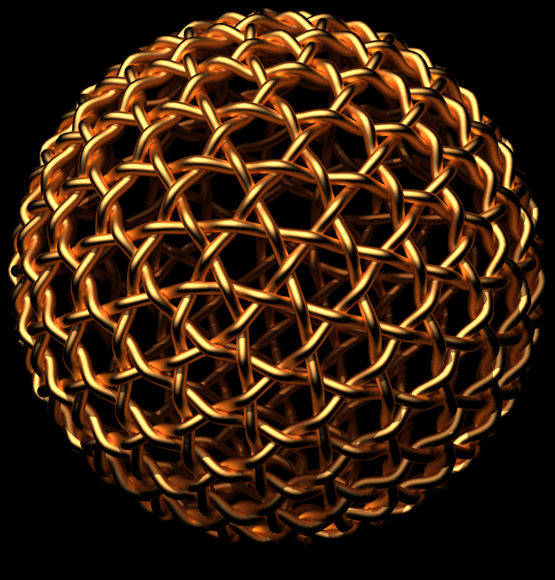
Yeesh, this is a lot more time-consuming than looking through a camera stopped-down viewfinder!-Taff
-
Here is another angle. I used the same lighting setup as the last one, changed the material to green gum and added a beige backdrop. I also changed the Camera F-Number to 22.
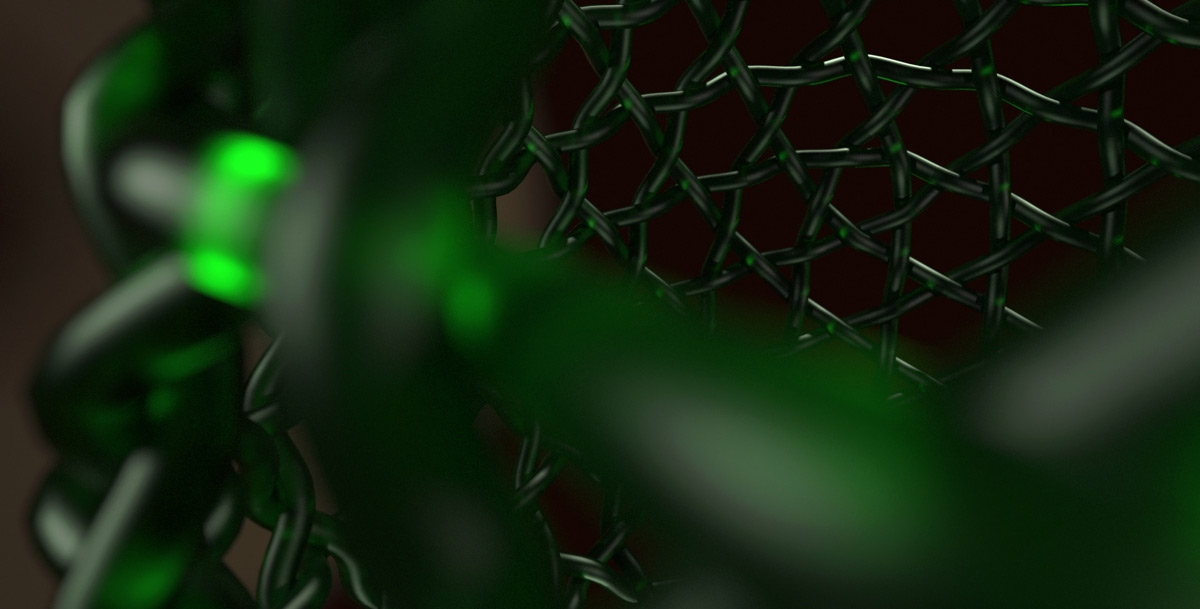
-
@unknownuser said:
Here is another angle. I used the same lighting setup as the last one, changed the material to green gum and added a beige backdrop. I also changed the Camera F-Number to 22.
Wait, wait, wait...

I thought that higher f-stop provides greater depth-of-field. Wouldn't f/22 give you a large range of in-focus detail?
Are you positioning the camera right up against the sphere?
-Taff
-
Yes and yes. I put the camera almost dead on the sphere. I had to change the F stop to a larger number otherwise it was too blurry. On the previous one I did the camera was farther away.
-
Thanks, Eric.
I'm glad I have some photography experience under my belt, otherwise, I wouldn't even have been able to guess.

My test renders have been with the camera at greater distance, with 135mm "lens" to reduce perspective distortion. (I assume you're using the "standard" 25mm lens.)
My last render, with which I am delighted, took a lot longer to render. I assume this is processing "overhead," due to the out-of-focus regions. I note that the anti-aliasing time went WAY up.
From the Kerkythea console:
Ray Tracing (13839 seconds) -- 3 hr, 50 min, 39 sec
Antialiasing (23945 seconds) -- 6 hr, 39 min, 5 sec
Finished in 10 hours, 29 minutes and 47 seconds
(Render settings: 1200x1200 pixels, preset "16. Path Tracing - High + AA 0.3")
Thanks, again, Eric, for your help & contributions.
-Taff
Advertisement







